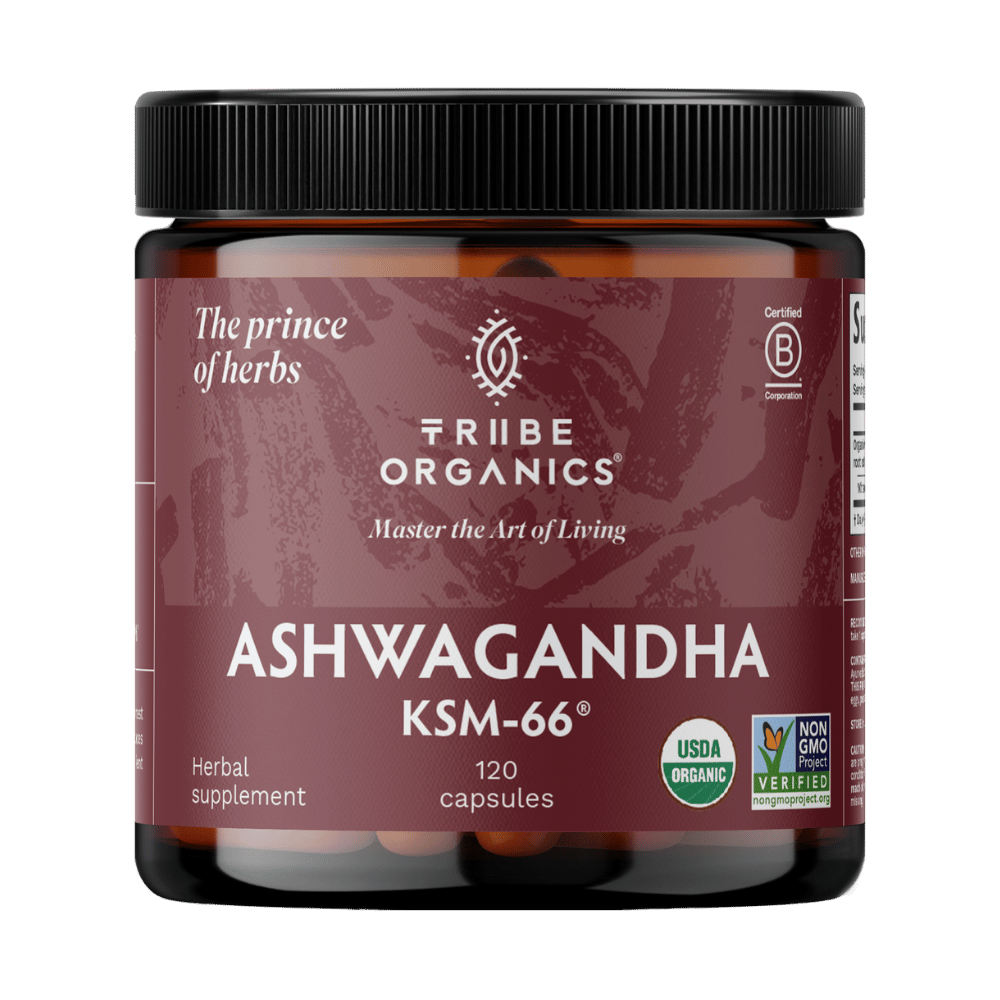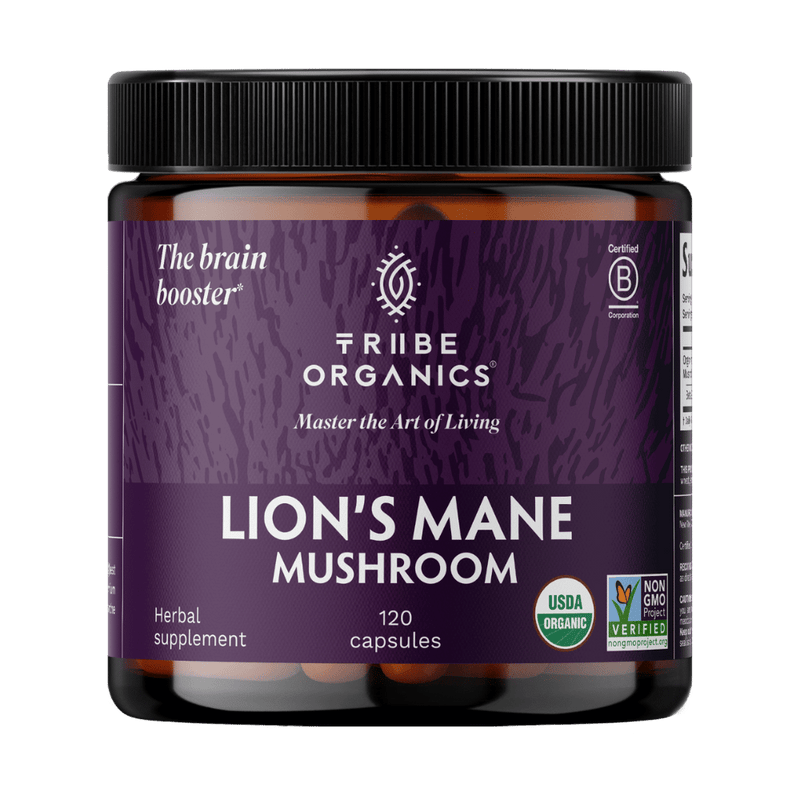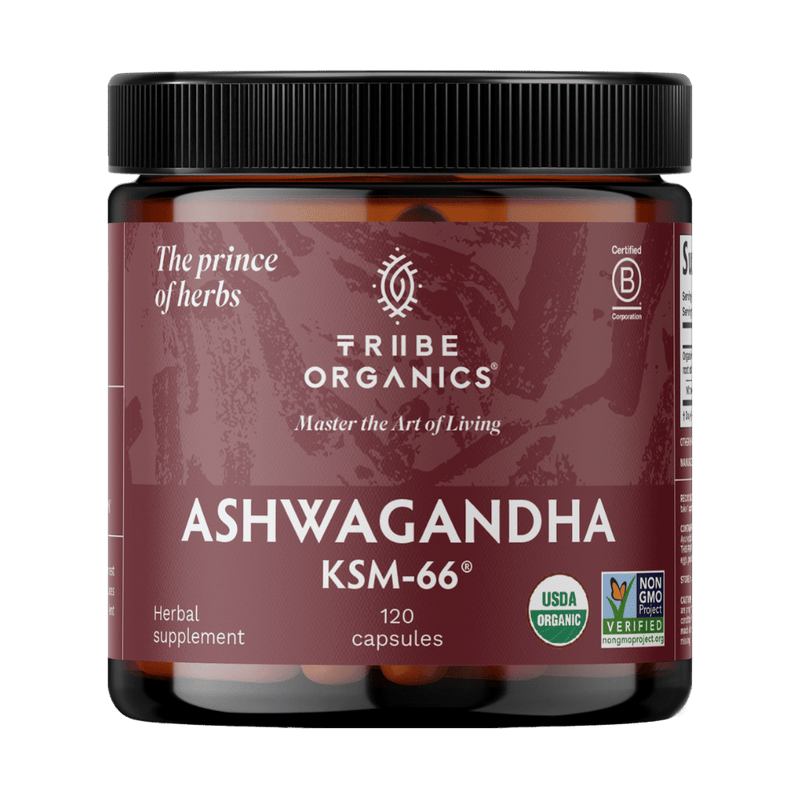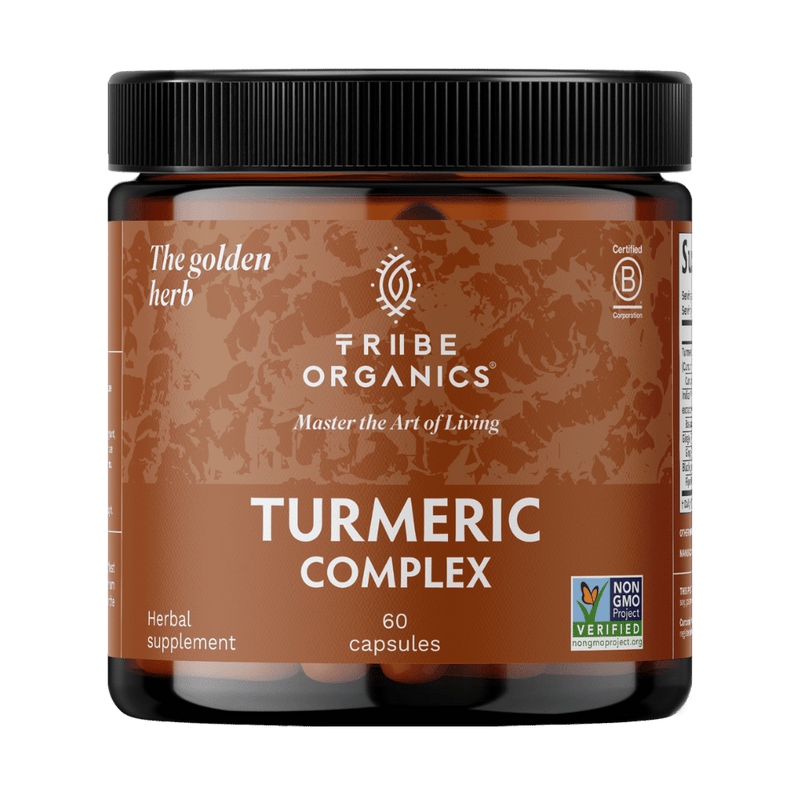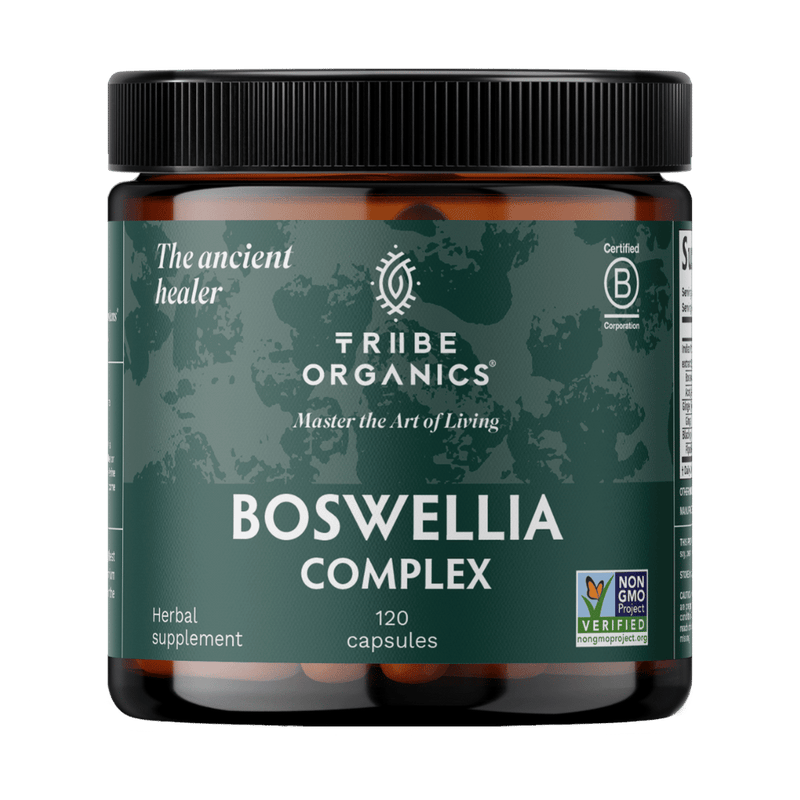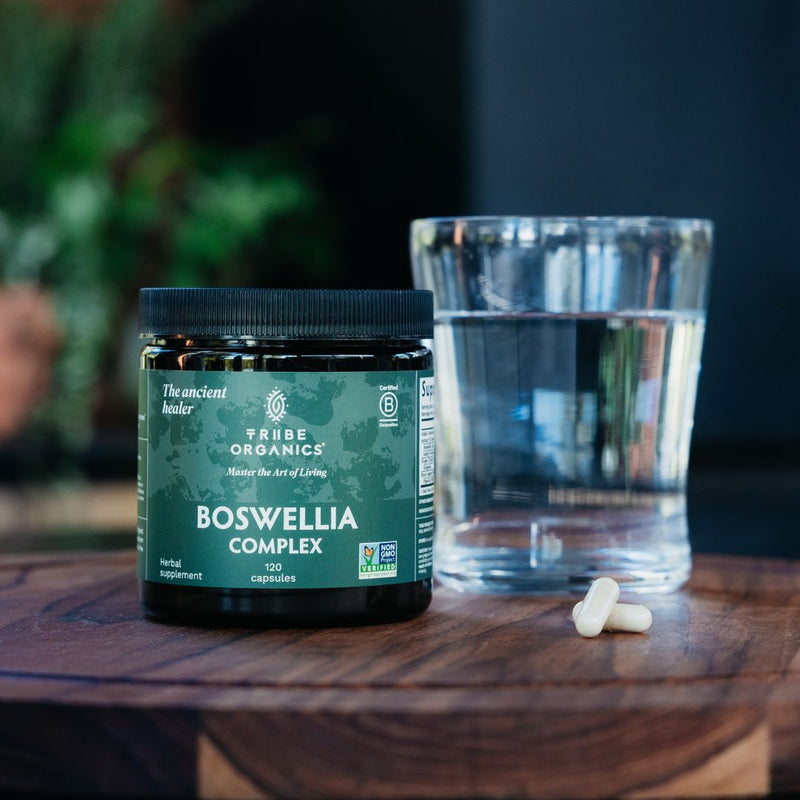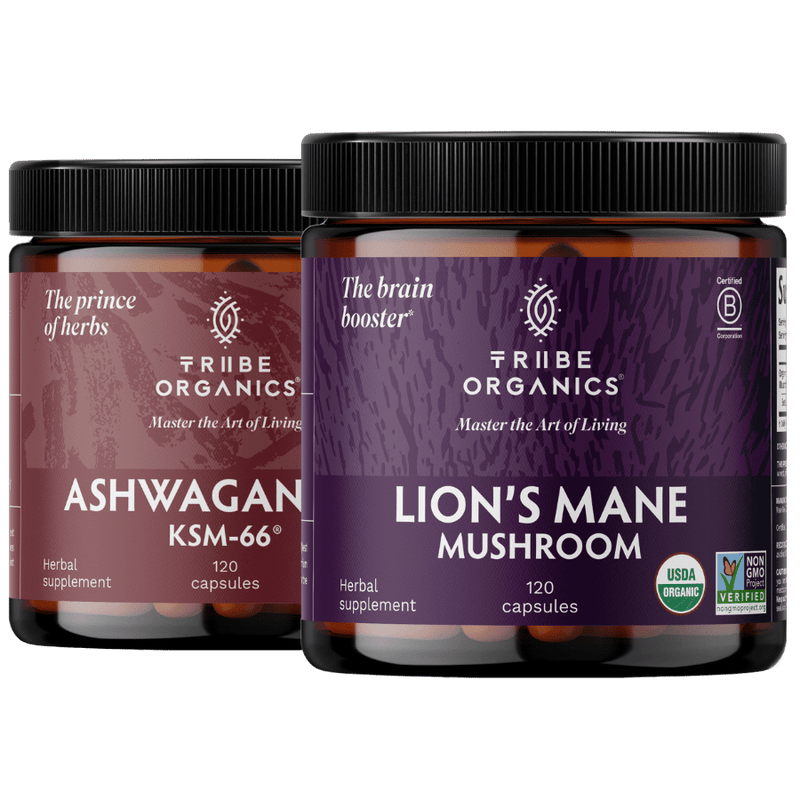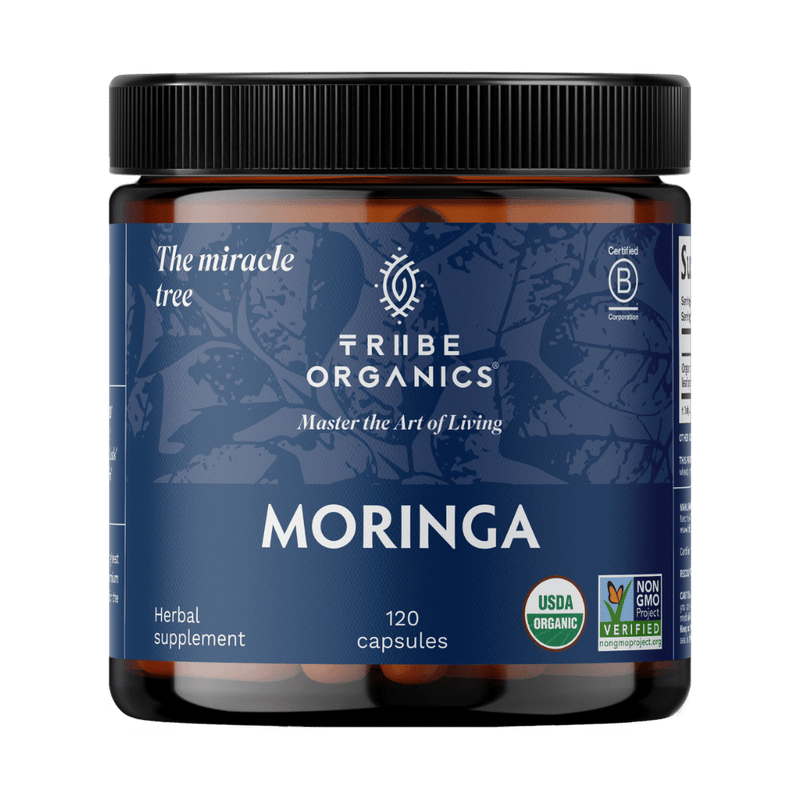Key Takeaways
- Ashwagandha may help reduce menstrual cramps through its anti inflammatory effects and stress hormone cortisol reduction, targeting the root causes of period pain
- The ancient herb contains withanolides and other bioactive compounds that can help balance hormones and reduce prostaglandin production linked to uterine cramping
- Clinical studies suggest 300-600mg daily of standardized ashwagandha root extract may provide relief from pms symptoms including menstrual cramps and mood swings
- While promising research exists on ashwagandha benefits for women’s health, more research is needed specifically focused on menstrual pain management
- Always consult healthcare providers before using ashwagandha for menstrual symptoms, especially if you have underlying health conditions or take medications
Quick Answer: Does Ashwagandha Help with Menstrual Cramps?
Yes, ashwagandha may help reduce menstrual cramps through multiple evidence-based mechanisms. This adaptogenic herb, also known as indian ginseng or withania somnifera, demonstrates potential benefits for menstrual health through its ability to reduce inflammation, lower stress hormones, and support hormone balance.
The anti inflammatory properties of ashwagandha can decrease prostaglandin production that causes painful uterine contractions during menstruation. Additionally, its stress reduction capabilities help minimize pain sensitivity by lowering cortisol levels, while its hormone regulation effects may reduce overall menstrual discomfort and irregular menstrual cycles.
Evidence supporting ashwagandha for menstrual cramps comes primarily from studies examining pms symptoms, pain management, and women’s health outcomes. While direct research specifically targeting menstrual cramps remains limited, the herb’s well-documented effects on inflammation, stress, and reproductive health provide a scientific foundation for its potential therapeutic benefits.

Understanding Menstrual Cramps and Their Causes
Menstrual cramps, medically known as dysmenorrhea, affect the majority of menstruating women worldwide. These painful sensations result from powerful uterine contractions triggered by prostaglandins - hormone-like substances that cause inflammation and muscle contractions to help shed the uterine lining during the menstrual cycle.
The severity of menstrual cramps varies significantly among healthy women due to individual differences in prostaglandin production, pain sensitivity, and hormonal balance. Factors such as chronic stress, hormonal imbalances, and inflammatory conditions can exacerbate pms symptoms and make period pain more intense.
Physical and emotional stress plays a particularly important role in menstrual pain perception. When the endocrine system is under stress, elevated cortisol levels can increase inflammation and pain sensitivity, creating a cycle where stress worsens cramps, and cramping increases stress.
The Science Behind Menstrual Pain
During menstruation, the body produces prostaglandins E2 and F2α, which trigger intense uterine muscle contractions. These contractions temporarily reduce blood flow to the uterus, causing the characteristic cramping pain. Women who produce higher levels of prostaglandins typically experience more severe menstrual symptoms.
The stress hormone cortisol elevation during menstrual cycles can amplify pain perception through multiple pathways. Elevated cortisol interferes with the body’s natural pain-modulating systems and increases sensitivity to inflammatory signals, making even normal uterine contractions feel more painful.
Inflammatory cytokines also contribute to period pain by promoting prostaglandin synthesis and increasing nerve sensitivity. This creates a complex web of biochemical interactions that can make some women’s periods significantly more challenging than others.
What is Ashwagandha?
Ashwagandha, scientifically known as withania somnifera, is an ancient herb that has been used in ayurvedic medicine for over 3,000 years. This powerful adaptogen belongs to the nightshade family and is renowned for its numerous health benefits, particularly its ability to help the body manage physical and emotional stress.
Traditional medicine practitioners have long recognized ashwagandha’s potential for supporting women’s health, including its use for menstrual disorders, reproductive health concerns, and stress-related symptoms. Modern research has validated many of these traditional applications, revealing the scientific mechanisms behind the herb’s therapeutic effects.
The ashwagandha root contains several bioactive compounds responsible for its health benefits. The most important are withanolides - naturally occurring steroid lactones that contribute to the herb’s adaptogenic properties and anti inflammatory effects. These compounds work synergistically to support the immune system, endocrine system, and overall physiological balance.
Active Compounds That Target Pain
Withanolide A and withaferin A are the primary bioactive compounds in ashwagandha root extract that demonstrate significant anti inflammatory properties. These compounds work by inhibiting the NF-κB pathway, a key regulator of inflammatory responses in the body. By blocking this pathway, ashwagandha can reduce the production of inflammatory mediators that contribute to menstrual pain.
The herb’s alkaloids also play a crucial role in pain perception and nervous system modulation. These compounds can help reduce pain sensitivity and promote muscle relaxation, which may provide relief from uterine cramping and associated discomfort.
Research shows that the synergistic effects of multiple bioactive compounds in ashwagandha extract create a more comprehensive therapeutic response than any single compound alone. This whole-plant approach aligns with traditional herbal medicine principles while being supported by modern scientific understanding.

How Ashwagandha May Help with Menstrual Cramps
Ashwagandha may provide relief from menstrual cramps through four primary mechanisms: reducing inflammation, regulating stress hormones, supporting hormone balance, and improving overall reproductive health. These interconnected pathways work together to address both the physical and physiological factors contributing to period pain.
The herb’s adaptogenic properties help the body maintain homeostasis during the hormonal fluctuations of the menstrual cycle. By supporting the body’s natural stress response systems, ashwagandha can help minimize the impact of hormonal changes on pain perception and muscle tension.
Clinical studies have demonstrated that regular ashwagandha supplementation can significantly impact markers associated with menstrual discomfort, including inflammatory compounds, stress hormones, and reproductive hormone levels. This multi-targeted approach makes it a promising natural remedy for supporting menstrual health.
Anti-Inflammatory Properties
The anti inflammatory effects of ashwagandha are particularly relevant for menstrual cramp relief. Research indicates that ashwagandha extract can reduce prostaglandin production by up to 30% in some studies, directly targeting one of the primary causes of uterine cramping.
The herb works by inhibiting cyclooxygenase (COX) enzymes, particularly COX-2, which are responsible for converting arachidonic acid into inflammatory prostaglandins. This mechanism is similar to how NSAIDs work but with a gentler, more sustained effect and fewer potential side effects.
Additionally, ashwagandha supplementation has been shown to decrease levels of inflammatory cytokines including interleukin-6 and TNF-α, which are often elevated during menstruation and contribute to pain and discomfort. By reducing these inflammatory markers, the herb may help create a less inflammatory environment in reproductive tissues.
Stress and Cortisol Reduction
One of ashwagandha’s most well-documented effects is its ability to reduce stress and lower cortisol levels. Clinical trials have consistently shown that ashwagandha supplementation can reduce cortisol by 14.2% to 27.9%, depending on the study population and dosing protocol.
This cortisol reduction is particularly beneficial for menstrual health because elevated stress hormones can significantly worsen period pain. High cortisol levels increase pain sensitivity, disrupt sleep quality, and can lead to irregular menstrual cycles and more severe pms symptoms.
By supporting healthy cortisol patterns and improving stress resilience, ashwagandha helps optimize the body’s natural pain management systems. This can lead to reduced pain perception during menstruation and improved overall menstrual cycle experience.
Hormonal Balance Effects
Ashwagandha demonstrates remarkable potential for regulating hormone levels throughout the menstrual cycle. Studies have shown that the herb can help modulate follicle-stimulating hormone (FSH) and luteinizing hormone (LH), which play crucial roles in cycle regulation and reproductive health.
The herb may also influence estrogen and progesterone levels, helping to maintain a healthy reproductive environment. Balanced hormones are essential for regular menstrual cycles and can reduce the severity of both physical and emotional symptoms associated with menstruation.
Research suggests that ashwagandha can support healthy thyroid function, which is closely connected to reproductive hormone balance. Thyroid dysfunction can contribute to irregular cycles, heavy bleeding, and increased menstrual discomfort, making this additional benefit particularly valuable for women’s health.
Scientific Evidence and Clinical Studies
While specific research on ashwagandha for menstrual cramps remains limited, substantial evidence exists for the herb’s effects on related conditions and mechanisms. Clinical trials have demonstrated ashwagandha’s efficacy for pain management, inflammation reduction, and hormonal balance - all factors directly relevant to menstrual health.
A significant body of research supports ashwagandha’s role in women’s health, including studies on premenstrual syndrome pms, reproductive health, and stress-related menstrual disorders. These studies provide valuable insights into how the herb might benefit women experiencing menstrual discomfort.
The growing body of evidence for ashwagandha benefits includes double blind placebo controlled studies, which represent the gold standard in clinical research. While more research specifically targeting menstrual cramps is needed, existing studies provide a strong foundation for understanding the herb’s potential therapeutic applications.
Key Research Findings
A landmark 2019 study demonstrated that ashwagandha supplementation resulted in a 27% reduction in perceived stress scores and significant improvements in sleep quality among participants. Since stress and poor sleep are known to exacerbate pms symptoms, these findings suggest potential benefits for menstrual health.
Research published in 2016 showed significant anti inflammatory effects from ashwagandha supplementation, with participants experiencing measurable reductions in inflammatory markers. This study provides direct evidence for the herb’s ability to address one of the primary mechanisms underlying menstrual pain.
A 2018 clinical trial focusing on women’s reproductive health found that ashwagandha supplementation improved hormonal balance and supported healthy reproductive function. Participants in this randomized double blind placebo controlled study showed improvements in multiple markers of reproductive health over the treatment period.
Multiple studies have also documented ashwagandha’s effectiveness for pain reduction and muscle relaxation, with some research showing benefits comparable to conventional pain management approaches for certain types of discomfort.
Limitations of Current Research
Despite promising findings, current research on ashwagandha for menstrual health has several limitations. Most studies have focused on general pms symptoms or stress reduction rather than specifically examining menstrual cramps as a primary outcome measure.
The majority of existing research has been conducted on relatively small populations, and longer-term studies examining the effects of chronic ashwagandha use on menstrual health are still needed. Additionally, studies have used varying dosing protocols and different standardized extracts, making it challenging to establish optimal treatment guidelines.
Future research should include larger, more diverse populations and specifically examine ashwagandha’s effects on menstrual pain intensity, duration, and associated symptoms. Long-term safety data for menstrual health applications would also strengthen the evidence base for clinical recommendations.

Recommended Dosage for Menstrual Cramp Relief
Based on clinical trials and traditional use patterns, the recommended dosage for supporting menstrual health typically ranges from 300-600mg daily of standardized ashwagandha root extract containing 5% withanolides. This dosing range has been shown to be both effective and well-tolerated in multiple clinical studies.
Timing is crucial for optimal effectiveness. Many women find it beneficial to begin supplementation 5-7 days before their expected menstruation to build therapeutic levels in the system and potentially prevent or reduce cramping intensity. Consistent daily use throughout the menstrual cycle may provide the best results for hormone regulation and stress management.
The form of ashwagandha supplement can significantly impact absorption and effectiveness. Standardized extracts provide consistent potency and bioactive compound concentrations, making them preferable to raw powder forms for therapeutic applications.
Optimal Dosing Protocol
For menstrual health support, a protocol of 300-600mg daily of standardized ashwagandha root extract is recommended, with the dose divided into two portions taken with meals to improve sleep quality and reduce the risk of stomach upset.
Starting with a lower dose (300mg daily) for the first week allows the body to adjust to the supplement, with the option to increase to 600mg daily if needed for symptom relief. This gradual approach helps minimize potential side effects while allowing assessment of individual response.
Consistent daily use for 2-3 menstrual cycles is typically needed to assess full effectiveness, as the herb’s adaptogenic effects and hormone regulation benefits develop over time. Some women may notice improvements in sleep quality and stress levels within the first few weeks, while hormonal balance effects may take longer to manifest.
Available Forms and Their Benefits
Standardized capsules offer the most convenient and reliable dosing option, with consistent potency and easy integration into daily routines. Look for products standardized to contain 5% withanolides for optimal therapeutic potential.
Powder forms provide flexibility in dosing and can be mixed into smoothies or other foods, though potency may vary between products and batches. This form may be preferable for those who have difficulty swallowing capsules or prefer to customize their dosing.
Liquid extracts offer potentially faster absorption but typically have shorter shelf lives and may require refrigeration. Some combination formulas include ashwagandha with other herbs traditionally used for women’s health, though individual herbs allow for more precise dosing control.
Safety Considerations and Side Effects
Ashwagandha has a generally favorable safety profile for most healthy women when used appropriately. However, like all herbal supplements, it can interact with certain medications and health conditions, making healthcare provider consultation essential before beginning supplementation.
The herb’s effects on the immune system and endocrine system mean that individuals with certain autoimmune conditions or hormonal disorders should exercise particular caution. Additionally, ashwagandha’s potential to influence thyroid function requires monitoring for those with existing thyroid conditions.
Understanding potential side effects and contraindications helps ensure safe use while maximizing the potential benefits for menstrual health. Most adverse effects are mild and can be minimized through proper dosing and timing.
Contraindications and Precautions
Pregnancy and breastfeeding represent absolute contraindications for ashwagandha use, as the herb may stimulate uterine contractions and could potentially affect fetal development. Women who are trying to conceive should also consult healthcare providers before use.
Autoimmune conditions including rheumatoid arthritis, multiple sclerosis, and lupus may be affected by ashwagandha’s immune-stimulating properties. While some research suggests potential benefits, individuals with these conditions should only use ashwagandha under medical supervision.
Those with thyroid disorders should monitor thyroid hormone levels closely, as ashwagandha can influence thyroid function. The herb may enhance the effects of thyroid medications, potentially requiring dosage adjustments.
Blood pressure medications may interact with ashwagandha, as the herb can influence cardiovascular function. Regular monitoring and medical supervision are recommended for individuals taking antihypertensive medications.
Common Side Effects
Mild digestive upset occurs in approximately 5-10% of users, particularly when ashwagandha is taken on an empty stomach. Taking the supplement with food typically resolves this issue and improves overall tolerance.
Some individuals experience drowsiness, especially at higher doses or when first beginning supplementation. This effect usually diminishes as the body adjusts, but it may be beneficial to take ashwagandha in the evening to enhance sleep quality rather than viewing drowsiness as problematic.
Headaches during the initial 1-2 weeks of use are reported by some users but typically resolve as the body adapts to the supplement. Starting with lower doses and gradually increasing can help minimize this adjustment period.
Skin rash is rare but may indicate an allergic reaction. Any signs of allergic response should prompt immediate discontinuation and medical consultation.

Combining Ashwagandha with Other Natural Remedies
Ashwagandha can be effectively combined with other natural approaches for comprehensive menstrual health support. Integrating multiple evidence-based strategies often provides better results than relying on any single intervention for managing menstrual symptoms.
Certain nutrients and herbs work synergistically with ashwagandha to enhance its effects on inflammation, stress, and hormonal balance. Understanding these combinations can help optimize natural menstrual health support while maintaining safety.
Lifestyle modifications that complement ashwagandha’s effects include stress management techniques, dietary approaches, and physical activities that support reproductive health and pain management.
Complementary Natural Approaches
Magnesium supplementation (200-400mg daily) provides excellent synergy with ashwagandha for muscle relaxation and pain reduction. Magnesium deficiency is common among women and can contribute to increased menstrual cramping and pms symptoms.
Omega-3 fatty acids (1000-2000mg EPA/DHA daily) offer powerful anti inflammatory effects that complement ashwagandha’s prostaglandin-reducing properties. These essential fatty acids also support mood stability and cognitive function during hormonal fluctuations.
Heat therapy and gentle yoga practices enhance ashwagandha’s muscle-relaxing properties while providing additional stress reduction benefits. Regular physical activity helps regulate hormone levels and can reduce overall menstrual symptom severity.
Adequate sleep (7-9 hours nightly) is crucial for supporting ashwagandha’s hormone regulation effects. The herb’s ability to improve sleep quality creates a positive feedback loop that further supports reproductive health and pain management.
Dietary and Lifestyle Support
Anti-inflammatory dietary patterns rich in whole foods, vegetables, and omega-3 fatty acids support ashwagandha’s effects on reducing inflammation and supporting healthy reproductive environment. Limiting processed foods and excess sugar can help minimize inflammatory burden.
Stress reduction techniques including meditation, deep breathing, and mindfulness practices amplify ashwagandha’s adaptogenic benefits. Regular stress management helps optimize the herb’s cortisol-regulating effects and may enhance its overall therapeutic impact.
Consistent meal timing and blood sugar stability support hormone regulation and can reduce the severity of mood swings and cravings associated with the menstrual cycle. Combining ashwagandha with a balanced approach to nutrition optimizes its hormonal benefits.
When to Consult a Healthcare Provider
While ashwagandha may offer benefits for menstrual health, certain symptoms warrant immediate medical evaluation regardless of supplement use. Severe menstrual pain that interferes with daily activities, sudden changes in menstrual patterns, or symptoms suggesting underlying conditions require professional assessment.
Healthcare providers can help determine whether ashwagandha is appropriate for individual circumstances and can monitor for potential interactions with existing medications or health conditions. They can also provide guidance on integrating natural approaches with conventional treatments when needed.
Regular monitoring helps ensure that ashwagandha supplementation is providing benefits without causing adverse effects. Healthcare providers can adjust treatment plans based on individual response and changing health needs.
Signs Requiring Medical Evaluation
Severe menstrual pain that doesn’t respond to over-the-counter pain relievers or significantly impacts daily functioning may indicate underlying conditions requiring medical treatment. Endometriosis, polycystic ovary syndrome, or other reproductive health disorders need professional diagnosis and management.
Sudden changes in menstrual cycle length, flow, or associated symptoms should be evaluated to rule out hormonal imbalances or other health issues. While ashwagandha may help support cycle regularity, significant changes warrant medical assessment.
Heavy menstrual bleeding (changing pads or tampons every hour for several consecutive hours) or bleeding between periods requires immediate medical attention. These symptoms may indicate conditions that need specific medical treatment beyond herbal support.
Persistent pelvic pain outside of menstruation, fever during menstruation, or severe mood changes that interfere with daily life should be evaluated by healthcare providers to ensure appropriate treatment.
Discussing Ashwagandha with Your Doctor
When consulting healthcare providers about ashwagandha for menstrual health, bring information about the specific product, dosage, and duration of intended use. This helps providers assess potential interactions and provide personalized guidance.
Be prepared to discuss current medications, health conditions, and other supplements or herbal medicines being used. This comprehensive picture allows providers to evaluate potential interactions and optimize treatment approaches.
Keep a menstrual symptom diary to track changes and improvements while using ashwagandha. This objective data helps healthcare providers assess effectiveness and make informed recommendations about continuing or modifying the supplement regimen.
Frequently Asked Questions
Shop best sellers
Explore our collection of favorite items that have gained popularity for their quality and satisfaction.



